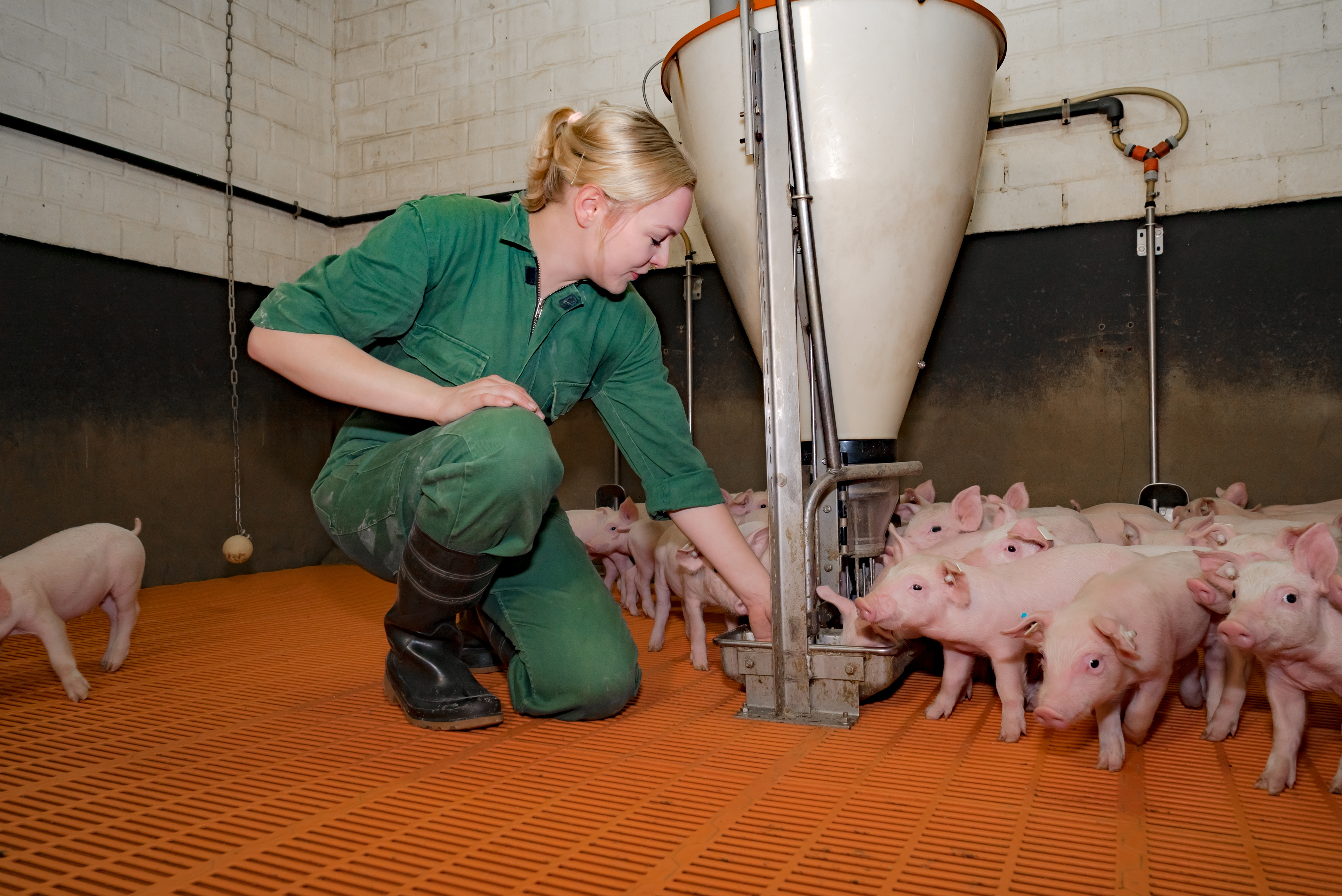



Just how important is the pig microbiome for productivity?
Dr Stefan Buzoianu, research and development project manager for Tonisity, discusses how better guts means better pigs means better yields.
Buzoianu is a veterinarian and has worked on porcine intestinal health and herd health management since 2007. Originally from Romania, he achieved his PhD in Ireland, working on porcine health biomarkers and digestive health. Post PhD, he worked in research with Teagasc in Ireland, on porcine gut-microbiota interactions in relation to pig growth.
As R&D Project Manager for Tonisity, Buzoianu is responsible for managing trials, analysing data and interpreting results. He is also responsible for presenting Tonsisity's research and objectives at international conferences, including this year's Animal Microbiome Congress in London.
Tonisity’s rapid growth and ever-increasing number of commercial trials meant that they needed somebody to work full time on analysing and disseminating the results. So, according to Buzoianu, it was a perfect match. He was impressed by Tonisity’s R&D track record and “disruptive” approach to improving gut health.
Tonisity's mission is working with producers and vets to show a real return on investment through the application of innovative products.
How important is the gut microbiome for pig productivity?
The microbiome is at the centre of gut health, influencing pig productivity through its effects on:
- Digestion and feed efficiency – the healthier the gut, the better the pig’s ability to extract nutrients from feed and direct them towards growth (Pluske, J. R., Le Dividich and Verstegen, 2003).
- Immune stimulation and inflammation – the inflammatory response to gut pathogens significantly reduces performance (Spurlock, 1997; Williams, Stahly and Zimmerman, 1997).
- Digestive health and zoonotic diseases – diarrhoea and the associated mortality pre- or around weaning are one of the costliest problems for pig producers, especially in the current antibiotic reduction and ZnO phase-out era (Zimmerman, 2012).
How can better gut health help to improve general health and thereby reduce dependency on antibiotics and medical treatment?
A healthier gut balances the microbiota-gut-immune system-feed interface and results in a lot of benefits, including 20-25 percent lower mortality and better growth; better absorption of nutrients; reduced inflammation and immune activation; and lower diarrhoea occurrence and lower veterinary expenses.
Therefore, the concept is very simple: better guts, better pigs, better yields. What is anything but simple is how to reach and maintain a healthy gut environment.
We have seen good results by applying early-life gut-enhancement programmes which give piglets a good start and to support the gut through weaning. Such programmes maximise the chances of survival and encourage optimal growth, and guarantee a return on investment all the way to harvest.

What is Tonisity Px and what sets it apart from other innovative microbiome products?
Tonisity Px is a product that focuses on optimising nutrient absorption through the enterocytes. It does not contain any prebiotics, probiotics or direct-fed-microbials. Its impact on the microbiome is nevertheless measurable and correlates to significant productivity benefits in terms of reduced pre-weaning mortality and increased weight gain for the pig’s entire productive life.
What do you hope to gain from presenting at the 2019 Animal Microbiome Congress?
- To disseminate our results in relation to improving intestinal health in piglets.
- To learn about new developments in the microbiome field.
- To compare notes with other attendees whom we share the microbiome space with.
In light of the fact that new research is frequently changing what we know about the microbiome, what does it take to innovate in the field of animal microbiome solutions?
One needs to exercise common sense and have a holistic view of gut health. We always need to remember that the microbiome is just one piece of the puzzle and that animals are very complex biological systems whose needs have to be met for gut and overall health to be balanced. So, we need to keep asking questions without being afraid of disrupting the status quo.
Are you planning any innovations for other species?
Yes, gut health maintains the same principles across various species. We are now working on branching out, so watch this space.
How can people find out more about your research?
We are always looking to collaborate on R&D and commercial trials, so please do get in touch at [email protected].
| References | ||||
|---|---|---|---|---|
| Pluske, J. R., Le Dividich, J. and Verstegen, M. W. A. | ||||
| (2003) | Weaning the pig.. Wageningen Academic Publishers. | The Netherlands | ||
| Spurlock, M. E. | ||||
| (1997) | Regulation of metabolism and growth during immune challenge: an overview of cytokine function. Journal of Animal Science | 75(7):1773–1783 | ||
| Williams, N. H., Stahly, T. S. and Zimmerman, D. R. | ||||
| (1997) | Effect of level of chronic immune system activation on the growth and dietary lysine needs of pigs fed from 6 to 112 kg. Journal of Animal Science | 75(9):2481–2496 | ||
| Zimmerman, J. J. | ||||
| (2012) | Diseases of swine. Wiley-Blackwell | UK |









